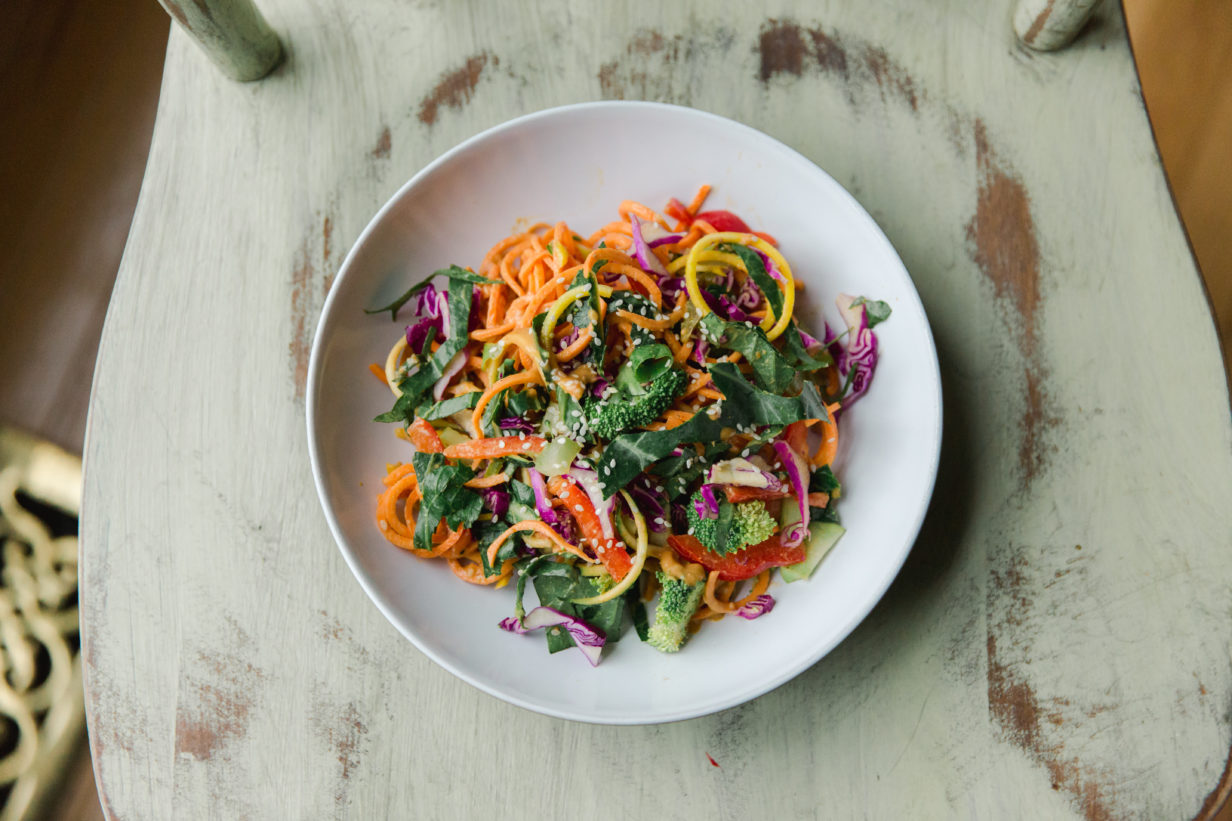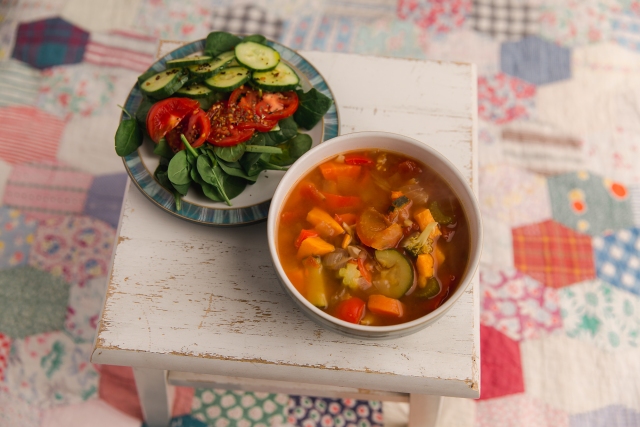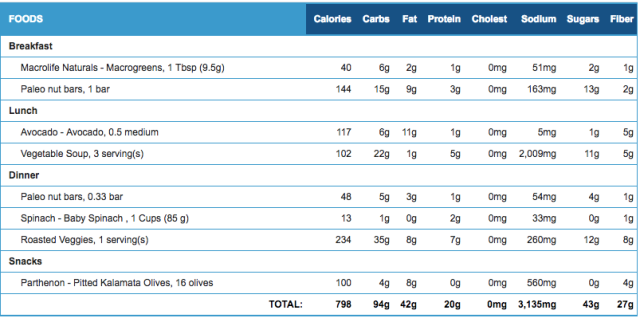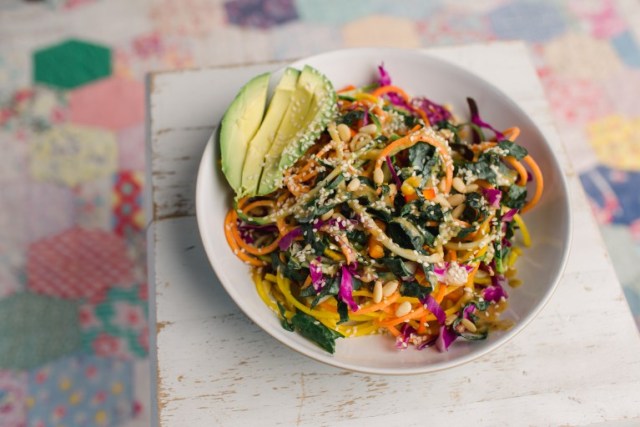

My first attempt at fasting was an experiment in enhancing post-race recovery and a desire to reap some of the reported long-term health benefits*. A whole-food, plant-based diet plus fasting? Sounds like an ideal combination. In the end, I learned quite a lot about my eating habits …
I learned of the work of the USC scientist Valter Longo and his development of a restricted calorie fasting mimicking diet (FMD) on Rhonda Patrick’s podcast. Rather than eliminating food completely, Dr. Longo demonstrated that a five day reduced calorie diet, repeated over three months, reduced risk factors and biomarkers for aging, cancer, diabetes, and cardiovascular disease compared with a control group. Less food for five days? I can handle that!
My planned recovery week after the Terrapin Mountain 50K seemed like a good opportunity to test the FMD. I also wondered if some of the reported negative effects of ultra-endurance events might be reduced by implementing this diet as part of a post-race recovery protocol. I’ll note that, while I wish I had the means to analyze a battery of biomarkers pre-race, post-race, and post-FMD, I have no way to scientifically test this hypothesis. The in-home genetic testing and protein analysis lab will have to wait for a few more rounds of price reduction.

What did I do?
- Day one: 1,100 calories (11% protein, 46% fat, and 43% carbohydrate)
- Days two – five: 800 calories (9% protein, 44% fat, and 47% carbohydrate)

How did I feel?
I felt amazing throughout the week. I was expecting to feel low on energy and find it difficult to focus on work but it never happened. There were certain times of the day when I was used to eating (e.g. my mid-morning snack) that I found difficult at the beginning of the diet. I used celery, cucumber, and seaweed as low-calorie snacks to move my focus away from hunger or the habituated need to snack during the periods between meals. Overall, my energy levels, ability to focus, and clarity of thought were consistently high.
The insight I gained into my own eating habits was far more surprising and informative. I love grains – grains are good. Rice, pasta, quinoa, millet, Ezekiel bread – they are all awesome and a staple of my diet. Grains also have loads of health benefits and I’m not planning to stop eating them. However, I noticed that days, where I had a massive bowl of rice or pasta with lots of veggies, left me feeling a little lethargic the next morning. A smaller portion of grains with more greens, sweet potatoes, mushrooms, etc. is leaving me just as satisfied but with better energy levels while still meeting my calorie needs.
Speaking of veggies, my wife rediscovered her spiralizer during the diet and since then we have had several awesome raw vegetable meals. Who knew raw sweet potato was so good!

Exercising while on a fasting mimicking diet
Here are my tips for success with the fasting mimicking diet:
- Plan your meals in advance. Check out ourplantpoweredlife.com for inspiration
- Use celery, cucumber, and roasted seaweed as low-calorie snacks
- Drink lots of water
- Have fun!
*Disclaimer: I am not a medical doctor. Please seek medical supervision before attempting to go on a fast.
1 thought on “The Fasting Mimicking Diet – Vegan Ultra Runner Style”
-
Pingback: What I eat before, during, and after a 50K – Plant Powered Running
Comments are closed.